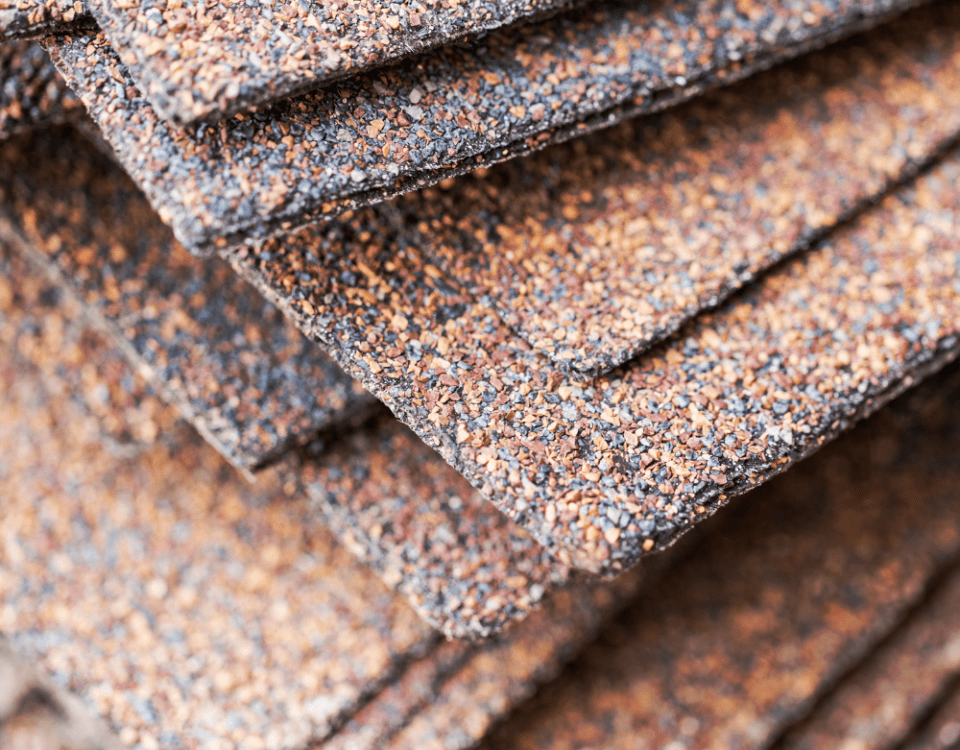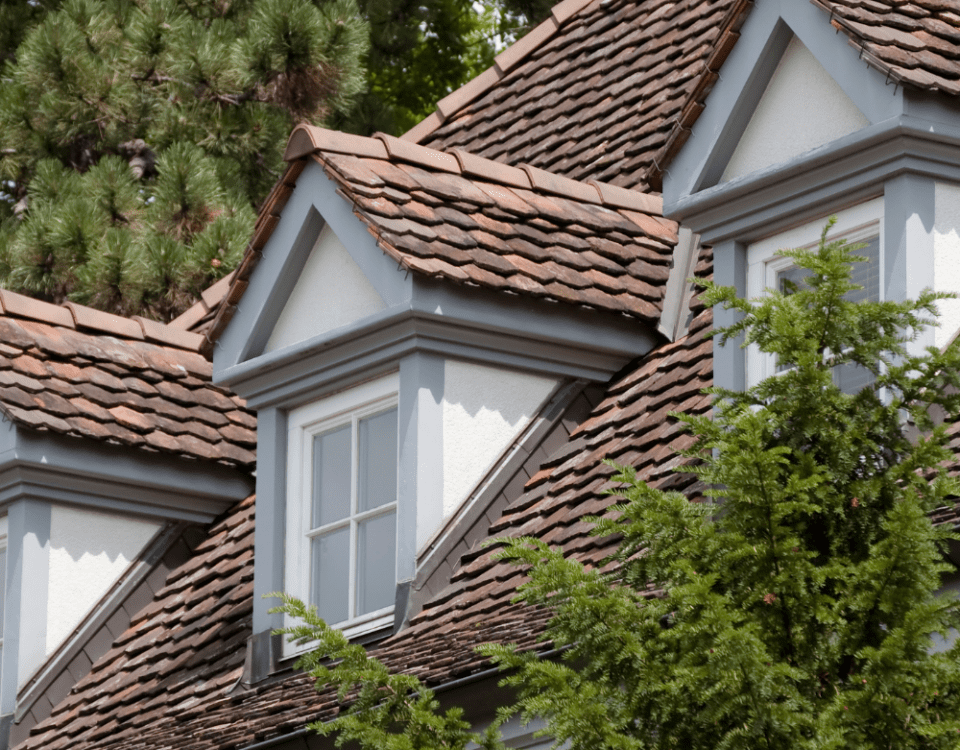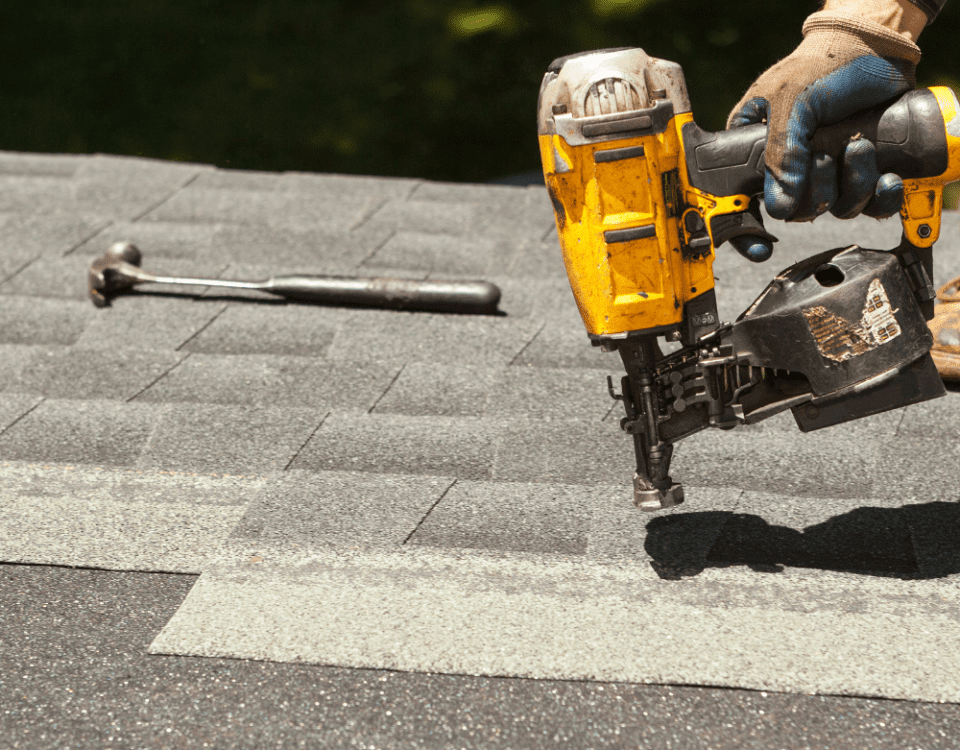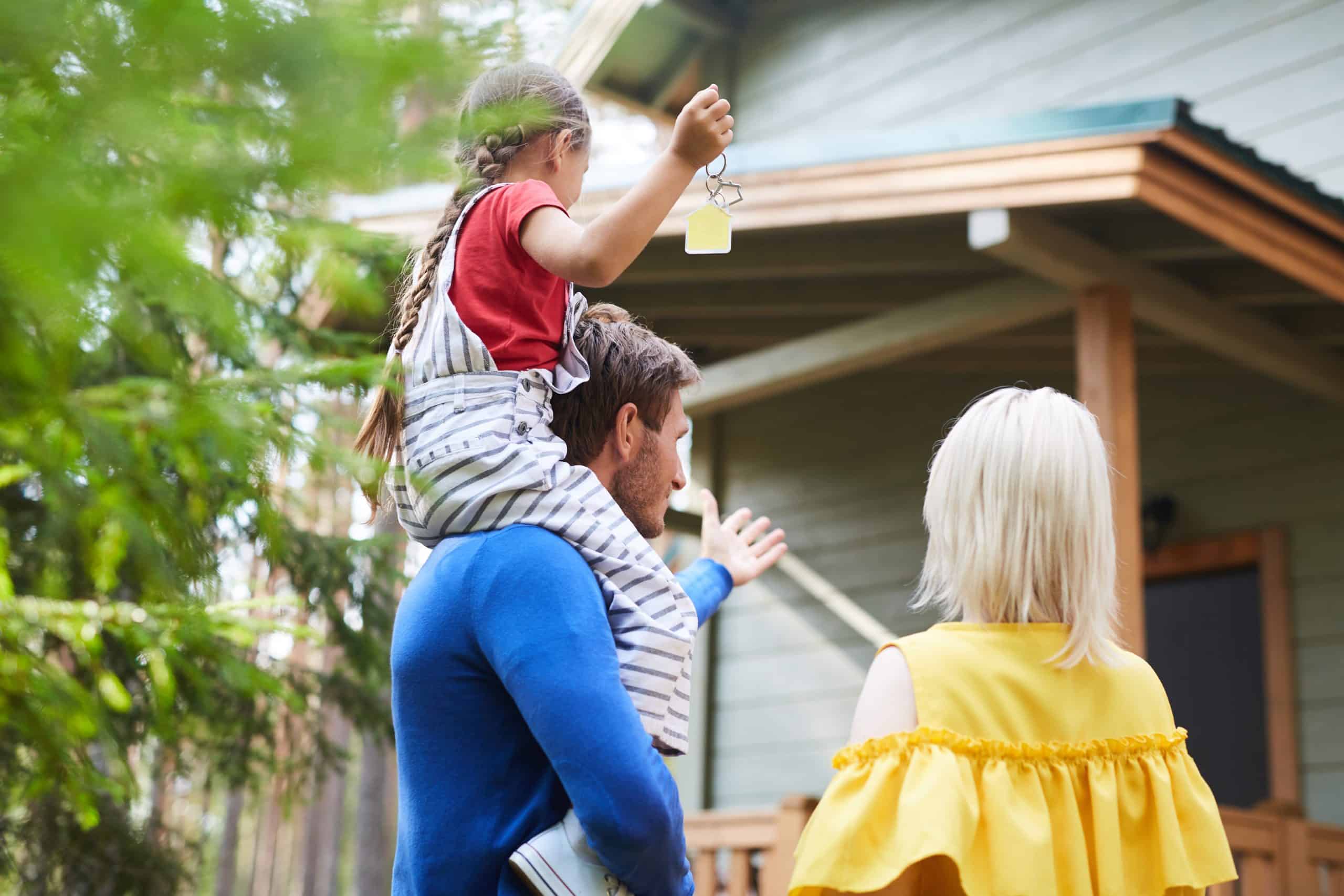
What You Should Know About the Roof of Your New Home
February 5, 2022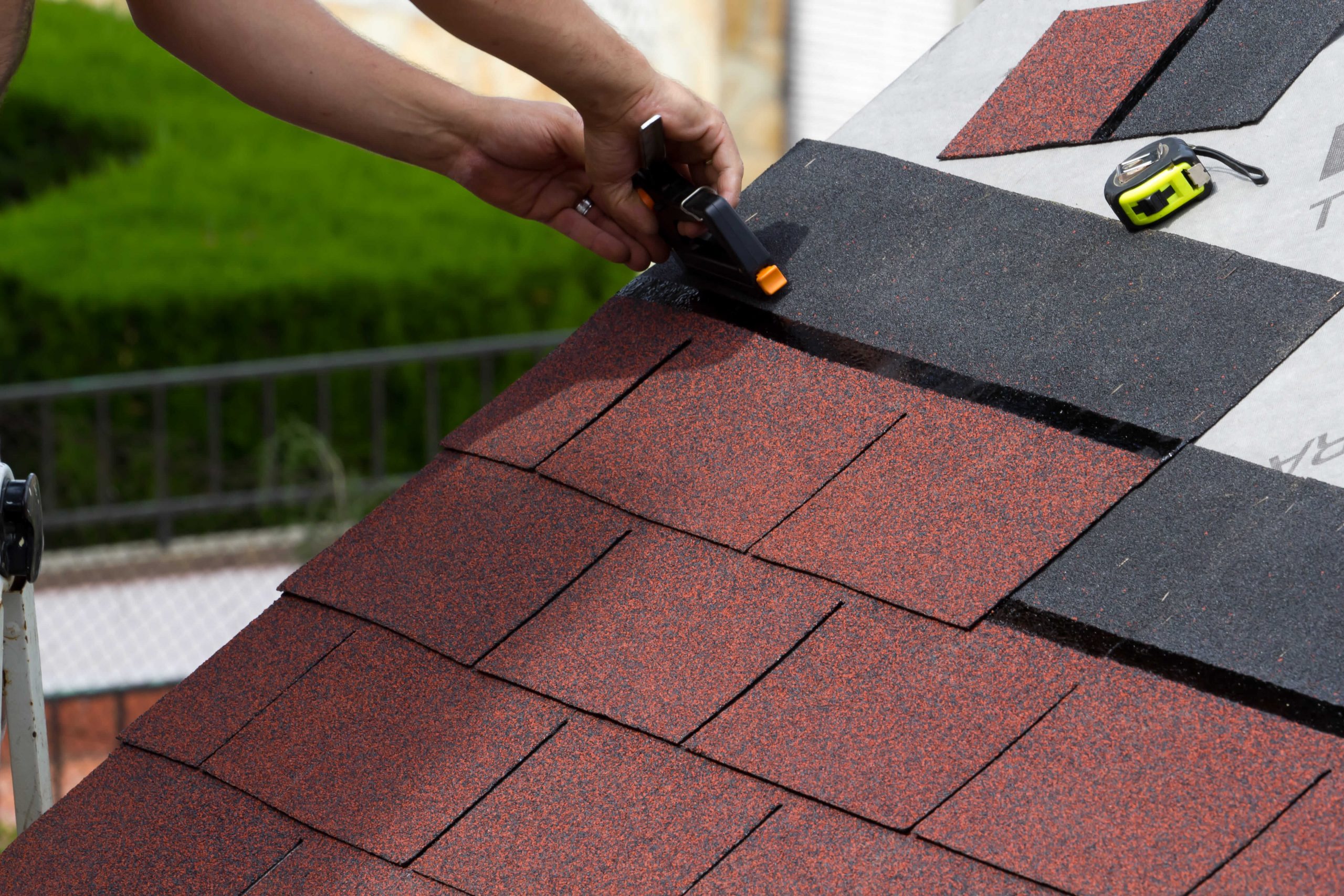
A Kelowna Roofing Service Favourite: Asphalt Shingles
April 12, 2022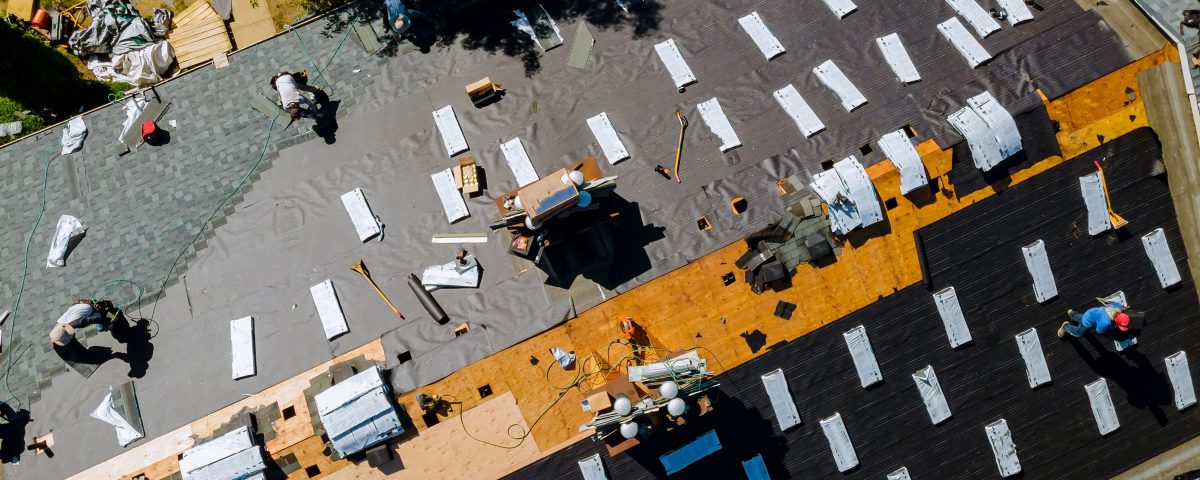
Your roof may be the most important part of your home. It shields you from the elements and ensures your safety and comfort.
Maintaining your roof is a critical part of homeownership, but, even with proper maintenance, unforeseen circumstances can cause roof damage. If this happens, you might be on the hook for over $10,000 in repair bills.
So, what can damage your roof? Read on to learn the most common causes of roof damage and how you can spot it.
High Wind
You don’t need to experience hurricane-force winds to sustain roof damage. A brisk 45 MPH breeze is strong enough to batter a roof.
Most wind-related roof damage occurs when the wind lifts or displaces shingles on your roof. However, that’s not your main worry with wind damage.
The real issue is that these displaced or missing shingles leave your roof highly susceptible to water damage. Water seeps under the shingles, rotting the wooden structures underneath and sometimes leaking into your home.
After a particularly windy day, you’ll want to inspect your roof for missing or dislodged shingles.
Rain And Hail
While wind leaves your roof vulnerable to water damage, the rain itself can have a serious impact on the health of your roof. Heavy rain can weaken your shingles’ coating, shortening their lifespan and leaving them vulnerable.
Roofs can take a beating, but hail also poses a significant threat to the longevity of your roof. The impact of hail can even cause shingles to fracture.
Fortunately, most shingles are strong enough to withstand moderately-sized hailstones. It takes a hailstone of at least one inch in diameter to crack a typical asphalt shingle.
Inspect your roof following a strong storm, ensuring that your shingles are still in good condition and retain their protective layer.
Snow And Ice
The cold winter months can wreak havoc on a roof. Some roofs are prone to caving in after experiencing heavy snowfall. However, it will take a particularly brutal blizzard to cause a cave-in situation.
Your main worry when it comes to roof damage from snow and ice is repeatedly thawing and refreezing. This process can lift your shingles, allowing some water to penetrate beneath the shingles. Your eves and the areas around your flashing are particularly vulnerable.
Tree Branches
Heavy storms can weaken nearby tree branches, causing them to come crashing down on your roof. When you imagine roof damage, this is likely the scenario you think of first.
Fortunately, preventing this is fairly simple. Regularly prune tree branches that could fall on your roof during a storm and you won’t have to worry much about it.
Leaves
Leaves are one of the less obvious causes of roof damage, but allowing leaves to accumulate on your roof is never a good idea.
Piles of leaves can easily block drainage, allowing standing water to collect on your roof. Additionally, the leaves themselves can retain a significant amount of water.
Both of these instances are a recipe for serious roof damage. The leaves will eventually begin to rot, and that can spread to your shingles and underlayment.
You’ll need to clear the leaves off your roof during the fall to prevent them from rotting your roof.
Wild Animals And Insects
Mice, rats, and squirrels can all easily find their way into your home and onto your roof. Despite their small size, they can cause serious damage to your roof.
Their jaws are all strong enough to gnaw through shingles, wood, and trimming. This leaves your roof vulnerable to water damage and opens the door for more uninvited guests.
Birds pose an even larger problem for roofs. Their acidic droppings can wear away at your shingles’ protective coating, leaving it exposed to the elements.
They’re also likely to make nests near gutters and drains, causing blockages and forcing water to collect on your roof. Finally, the nests they make are composed of highly flammable materials.
Bees and termites are the two insects that cause the most roof damage. Termites feast on wood and cause significant structural damage to your roof and home. Bees are likely to make their hives on your roof, and that can block ventilation and lead to mold.
Walking On The Roof
You’ll likely have to go up on your roof at least once, but just walking on your roof could cause serious damage if you’re not careful. Stepping on a shingle, even a brand new shingle, could cause it to crack or lose some of its protective granules.
Keep yourself and your roof safe by taking short, controlled steps and avoiding walking on any areas that already appear to be damaged. You should also wear rubber-soled slip-resistant shoes so you have plenty of traction.
Age
A wise man once said, “Father Time is undefeated.” This is especially true for roofs. Most asphalt roofs will last around 30 years, but roofs can show signs of aging long before then.
The sun’s harsh UV rays can wear away at your shingles, leaving them brittle and dry. These aged shingles are more prone to damage from animals and the wind.
Over time, your roof’s flashing can also weaken and rust. Rusty flashing allows water to seep under your roof, leading to leaks and mold.
Keep track of your roof’s age, monitor the condition of your shingles and flashing, and prepare to replace your roof when it’s reaching the end of its lifespan.
Be An Informed Homeowner: Know What Can Damage Your Roof
Your roof keeps you warm and safe, so keep an eye out for things that can cause serious damage to it. If you do, you’ll avoid costly repair bills and prolong the life of your roof.
Roof damage has many natural causes. Storms and wind are some of the most likely culprits, but animals and leaves can also pose a problem. Even walking on your roof can cause shingles to crack.
If your roof sustains significant damage or you have more questions about what can damage your roof, reach out to Pitchmasters Roofing in Kelowna, British Columbia.

